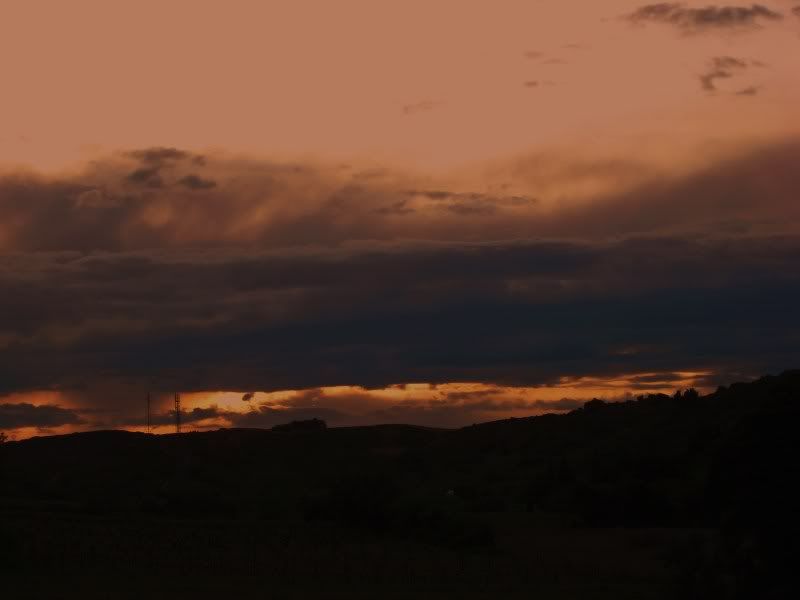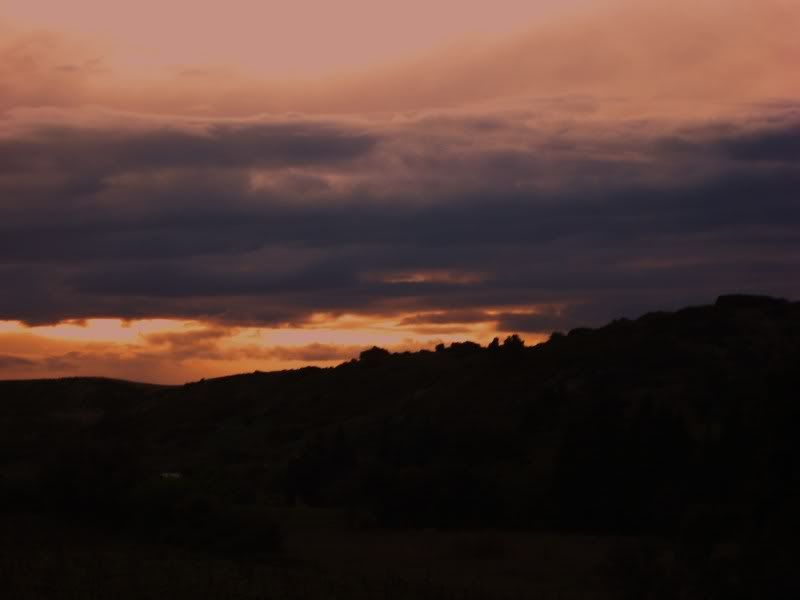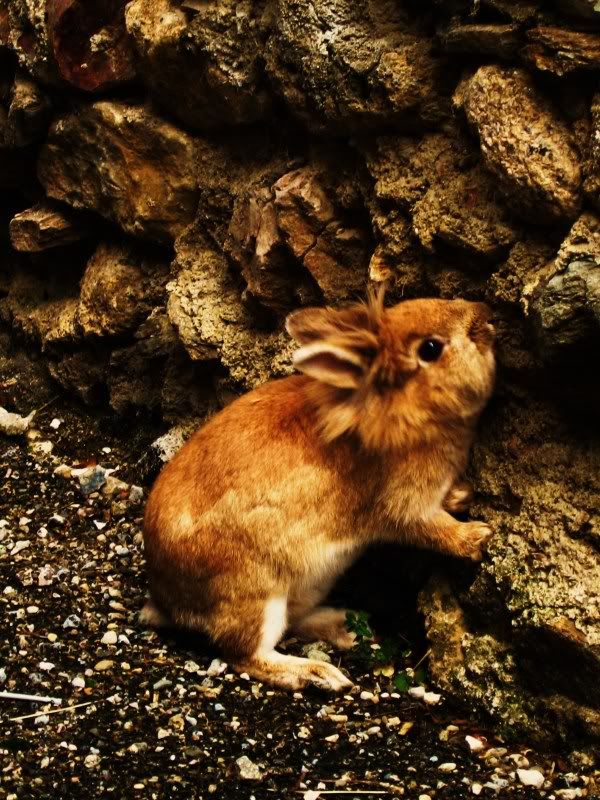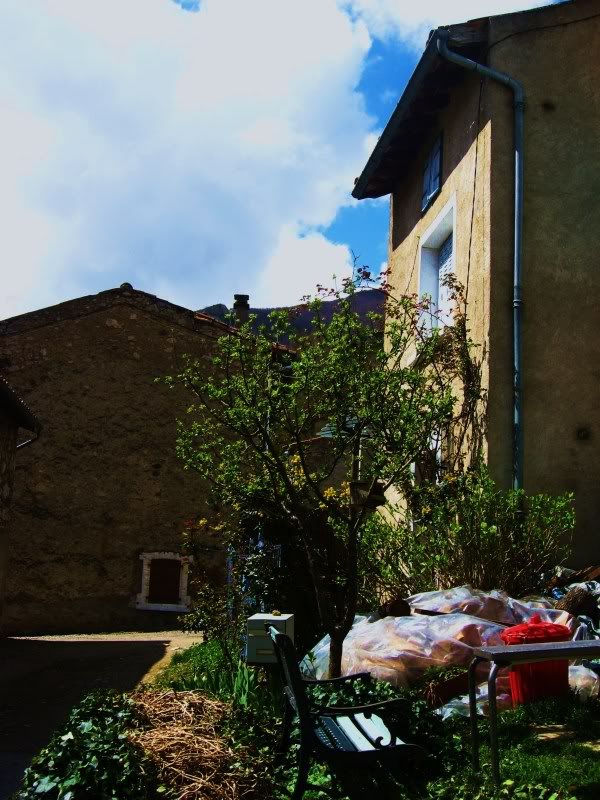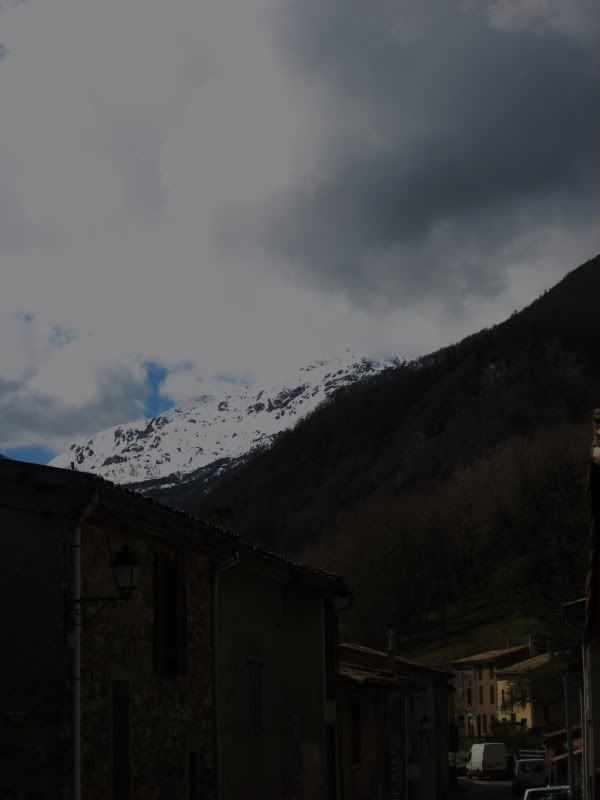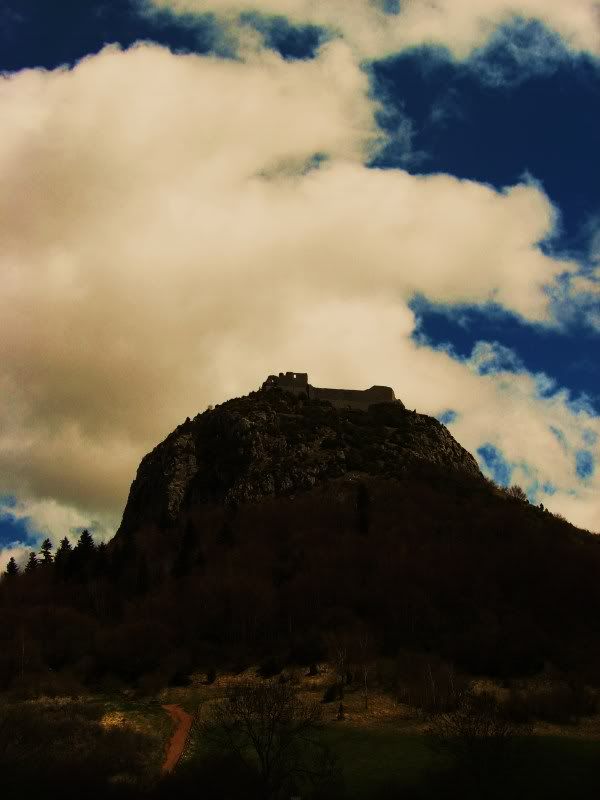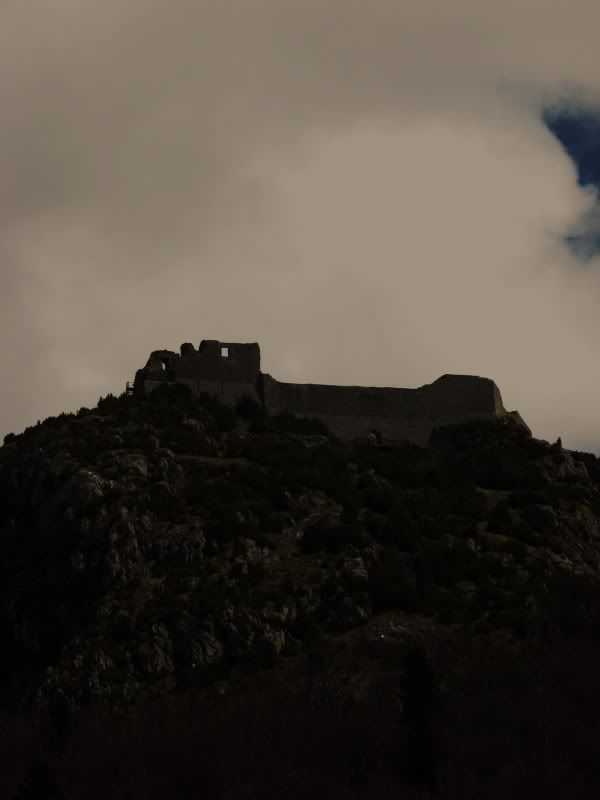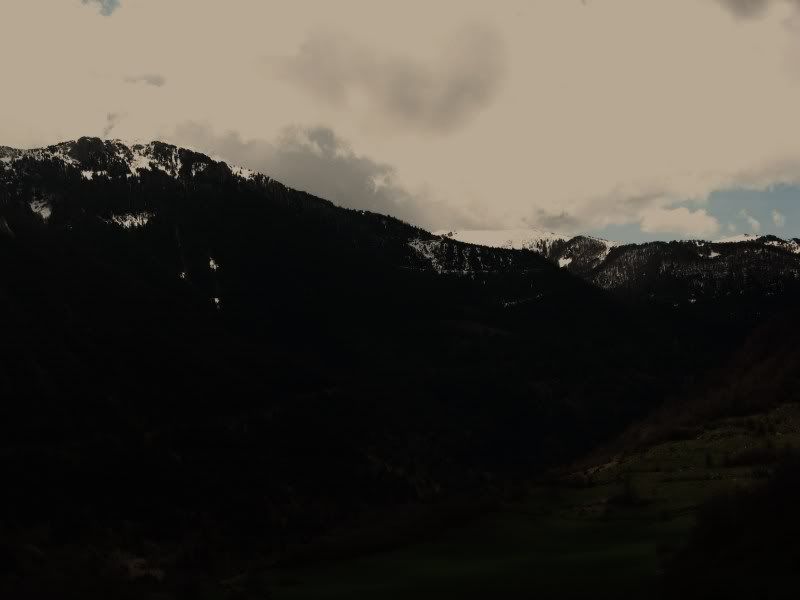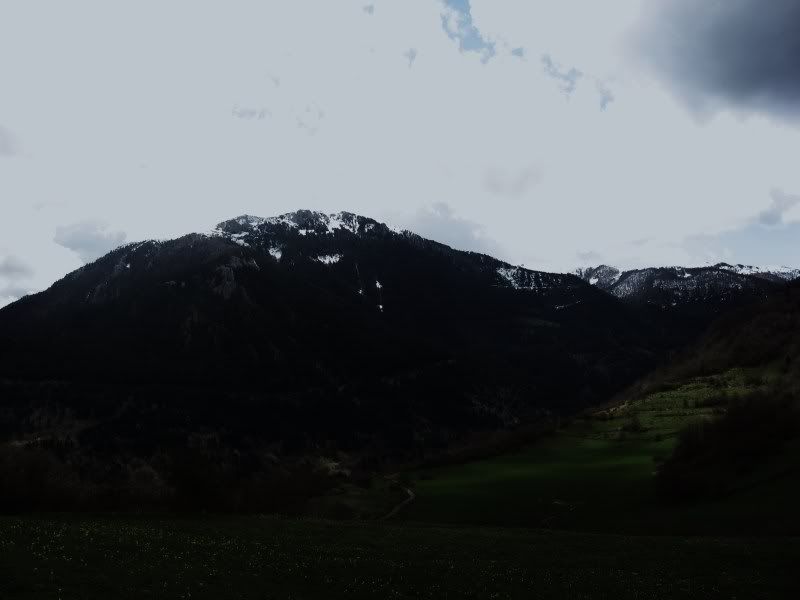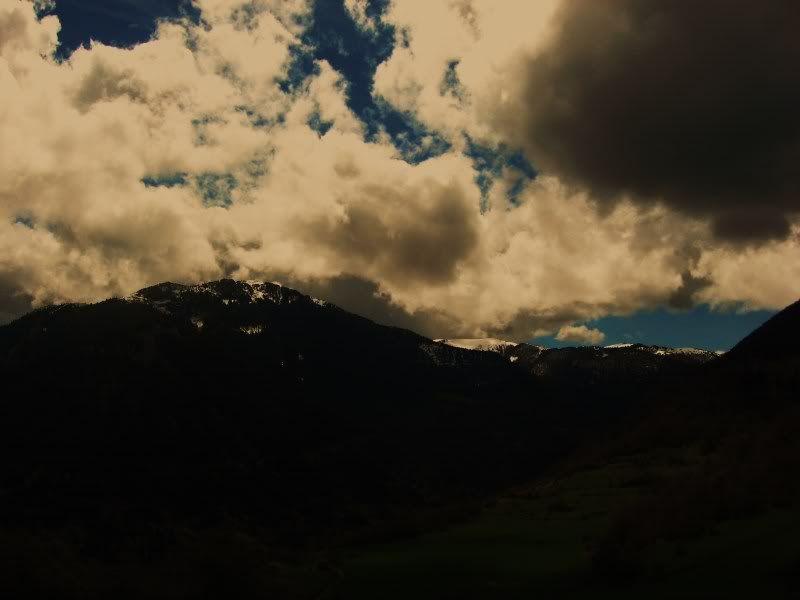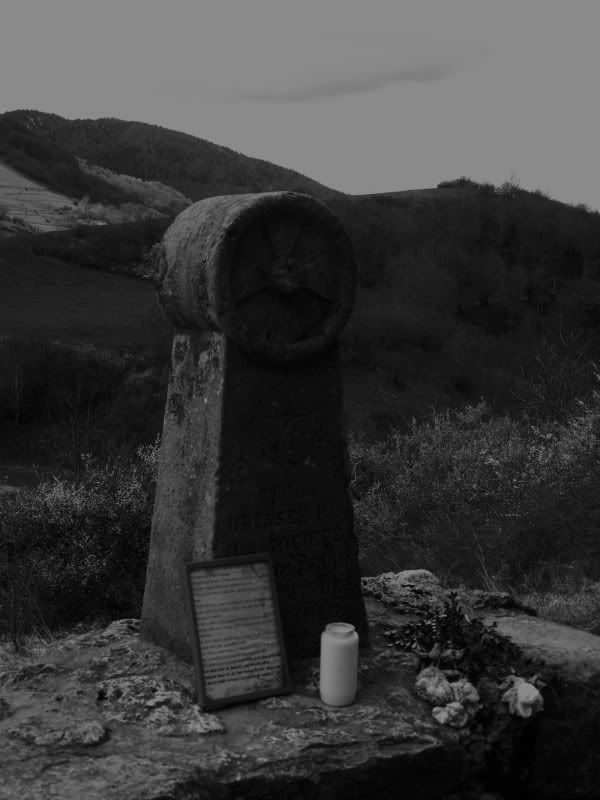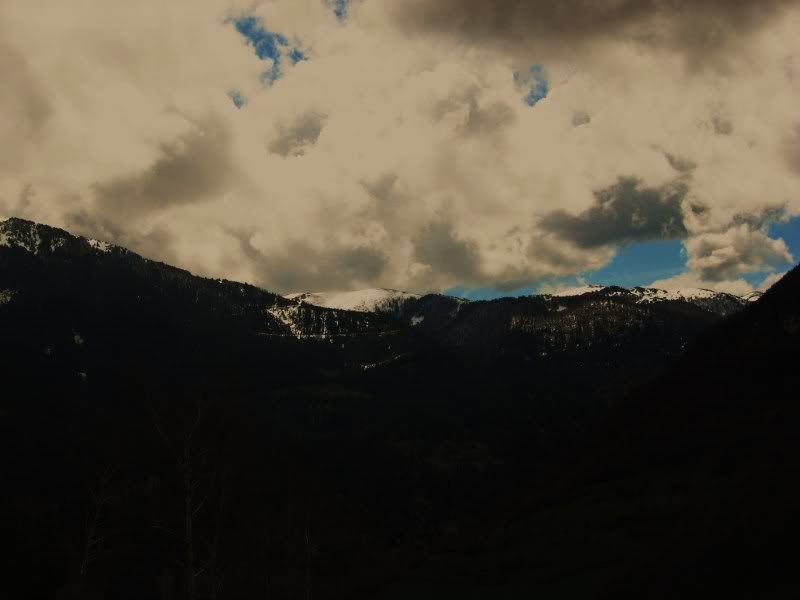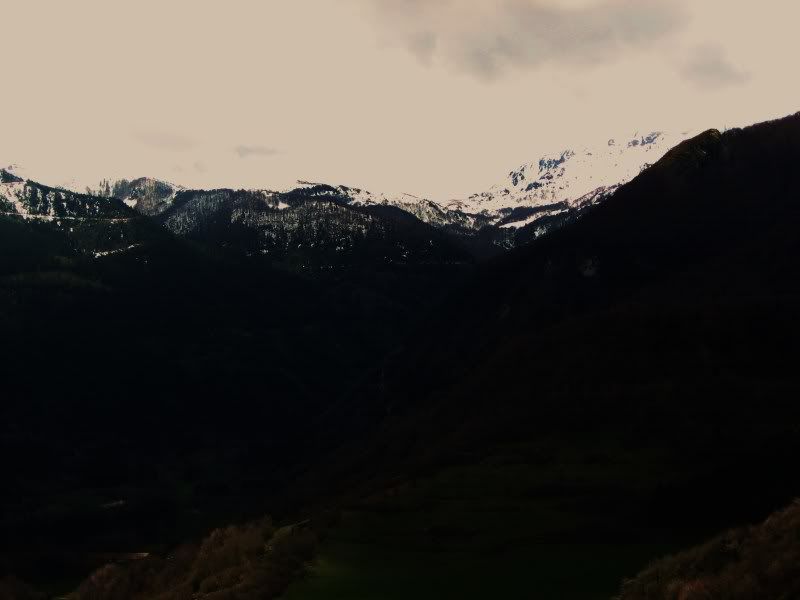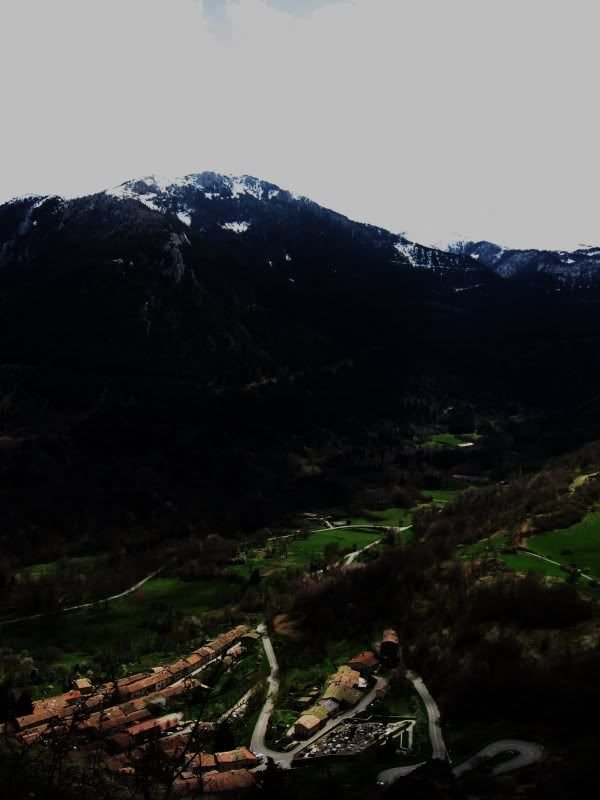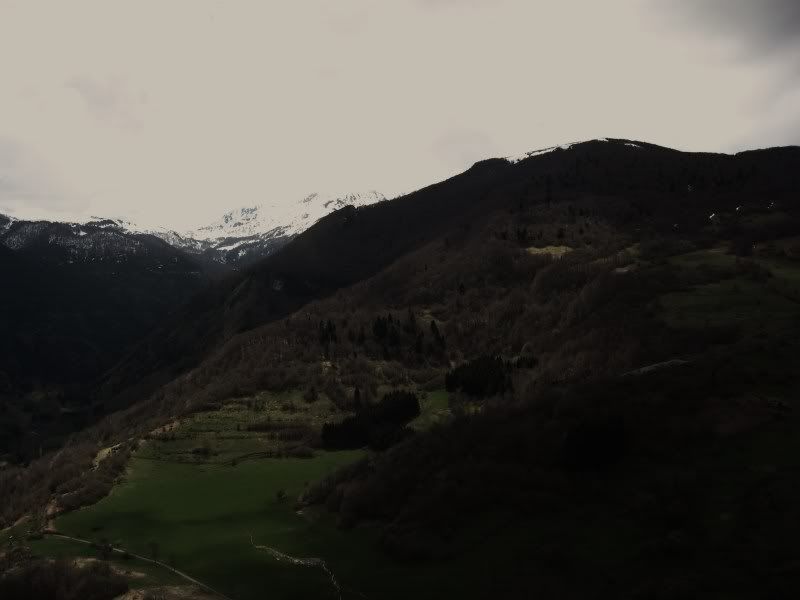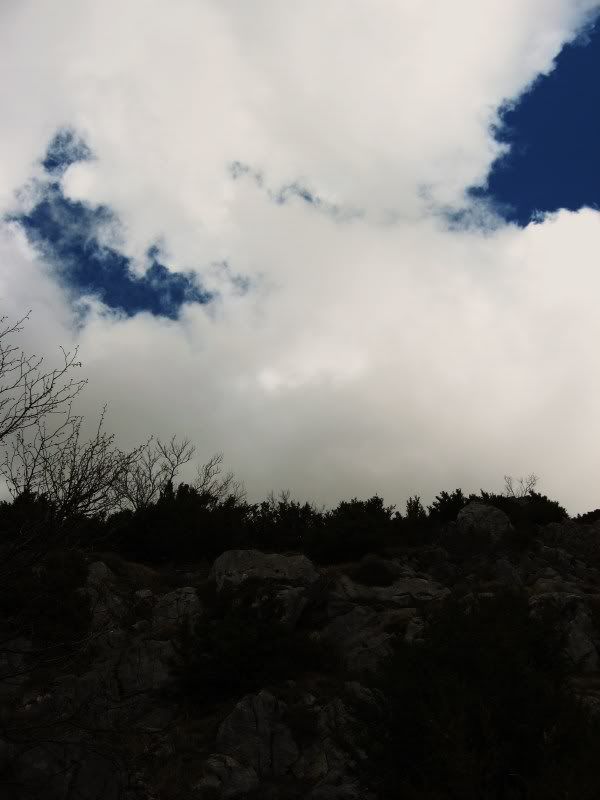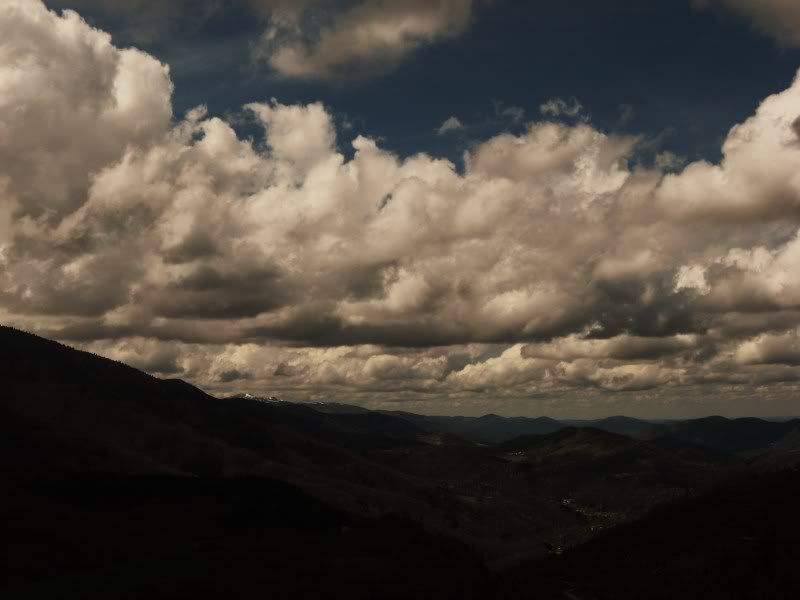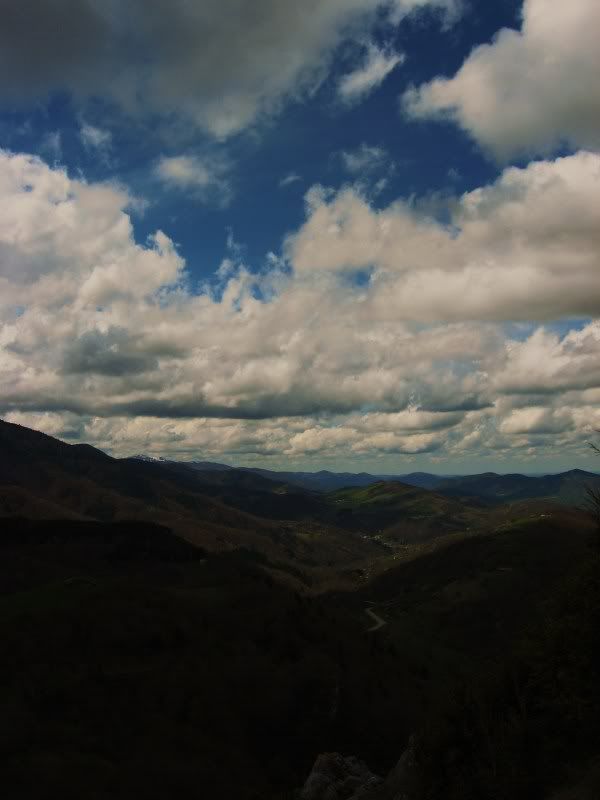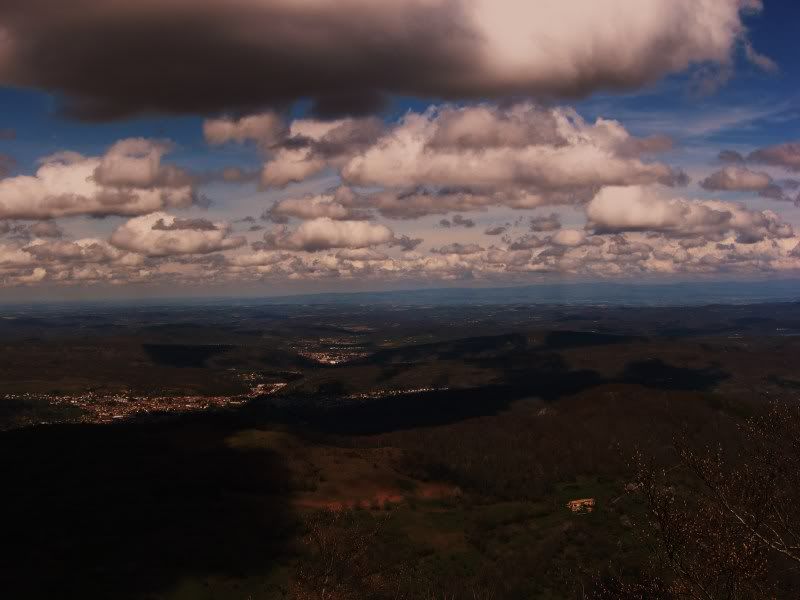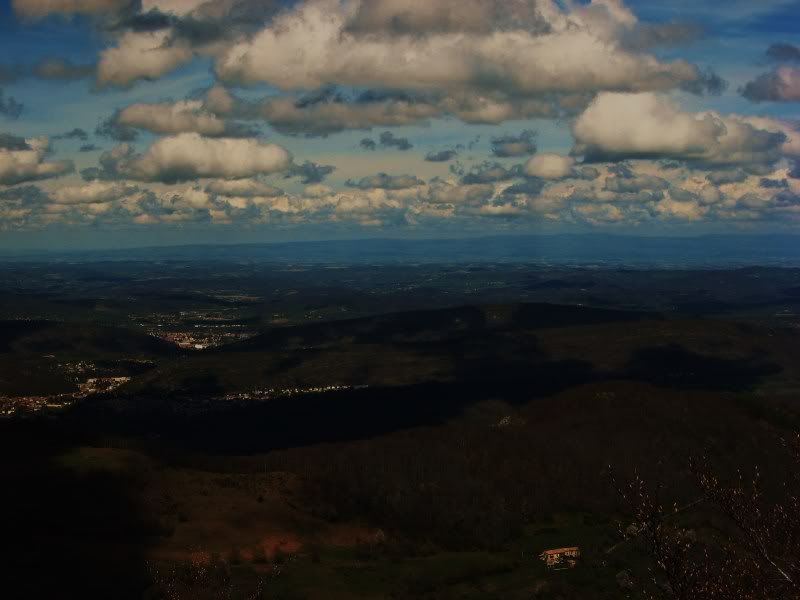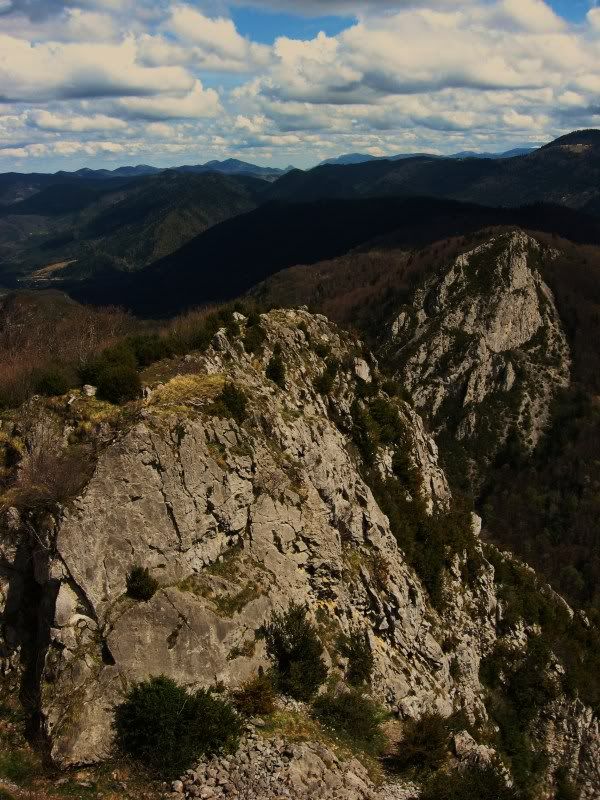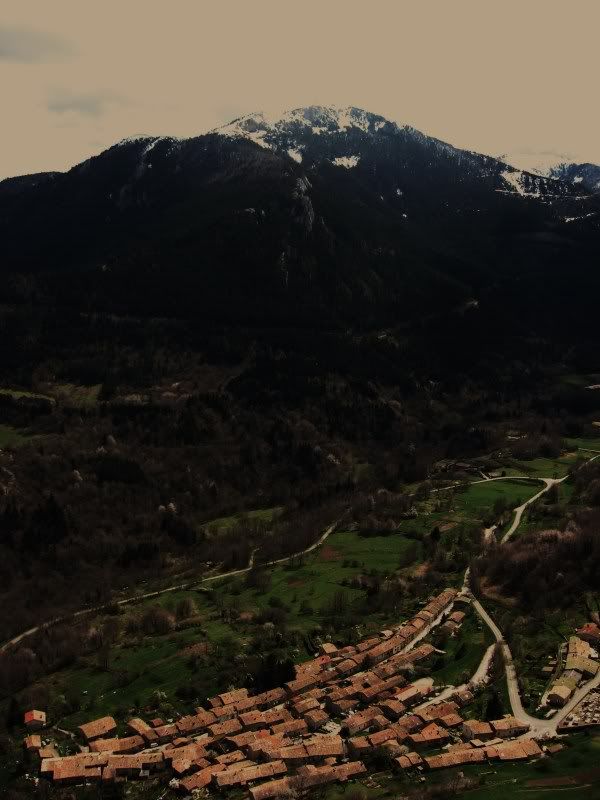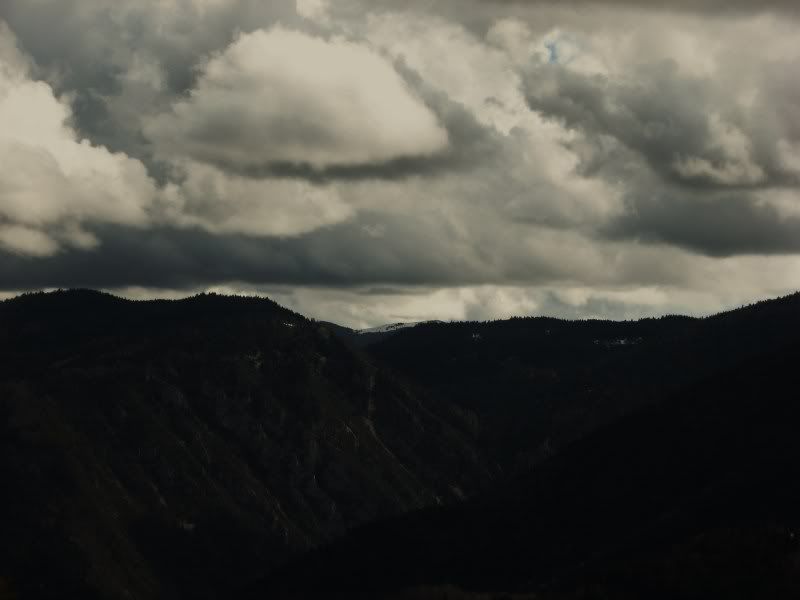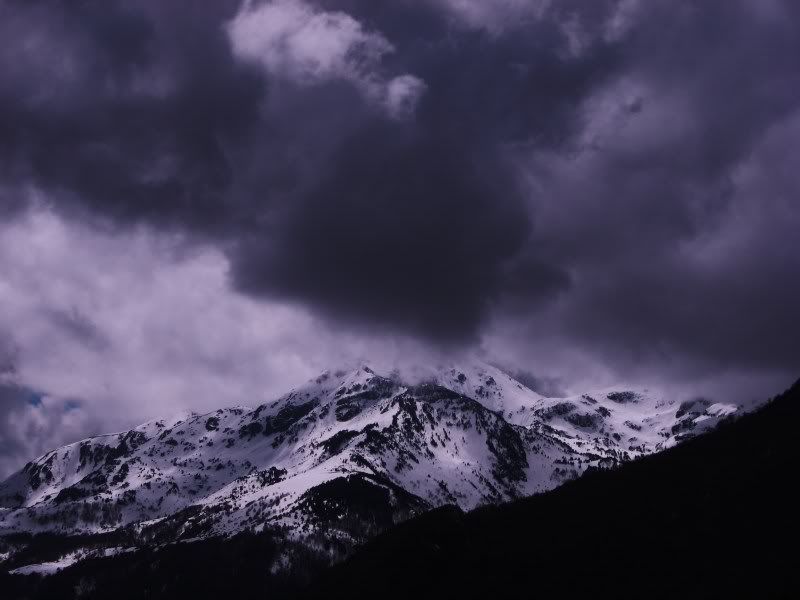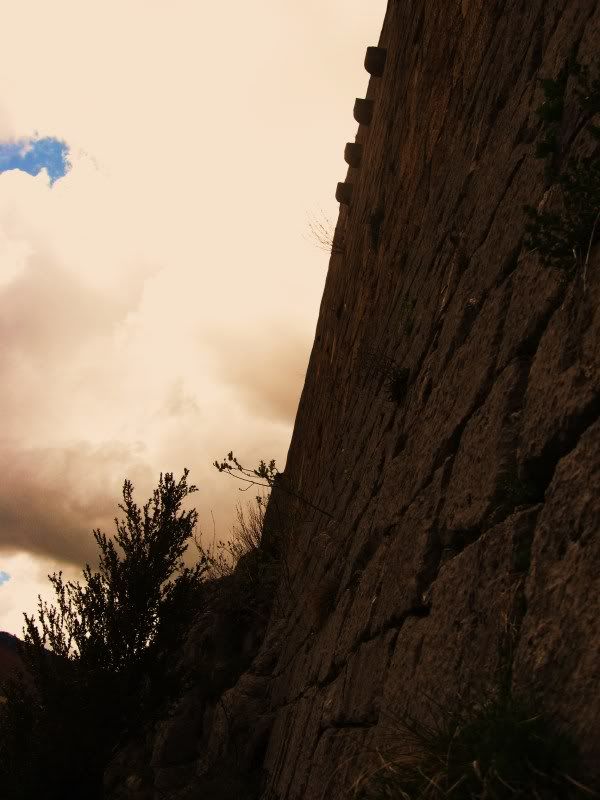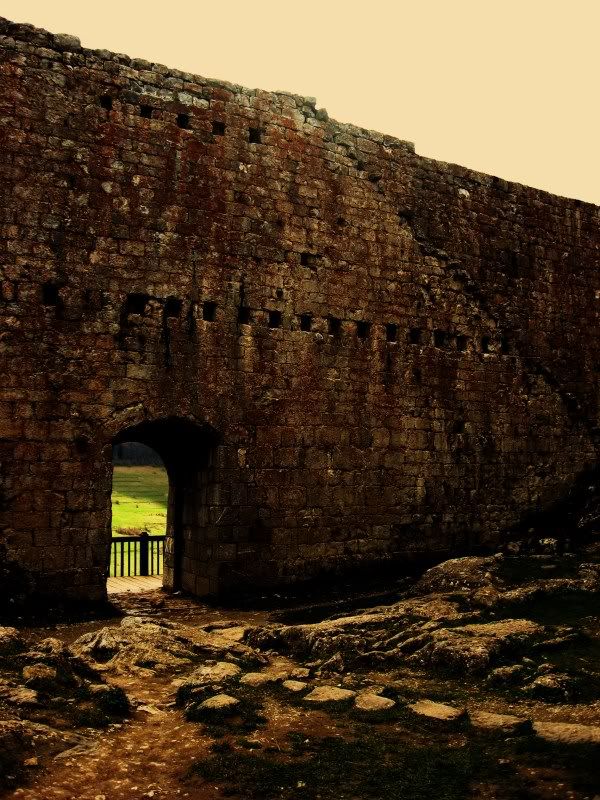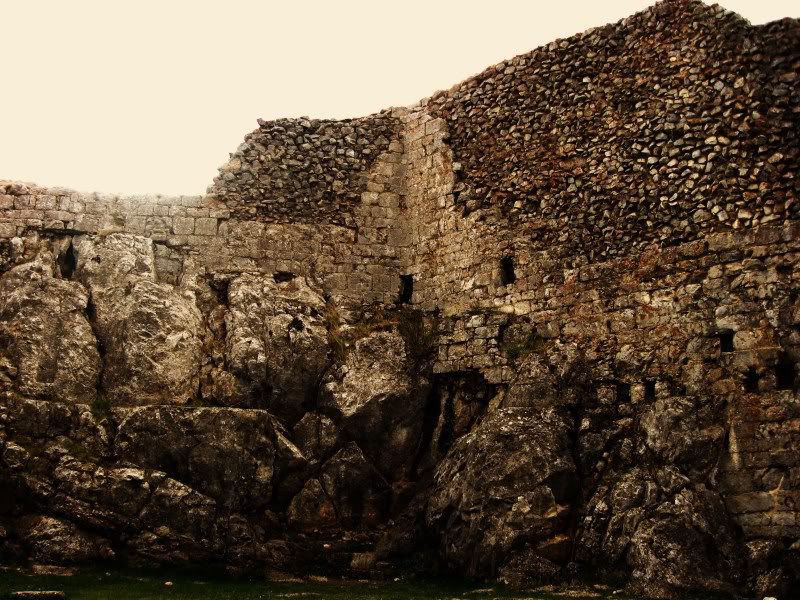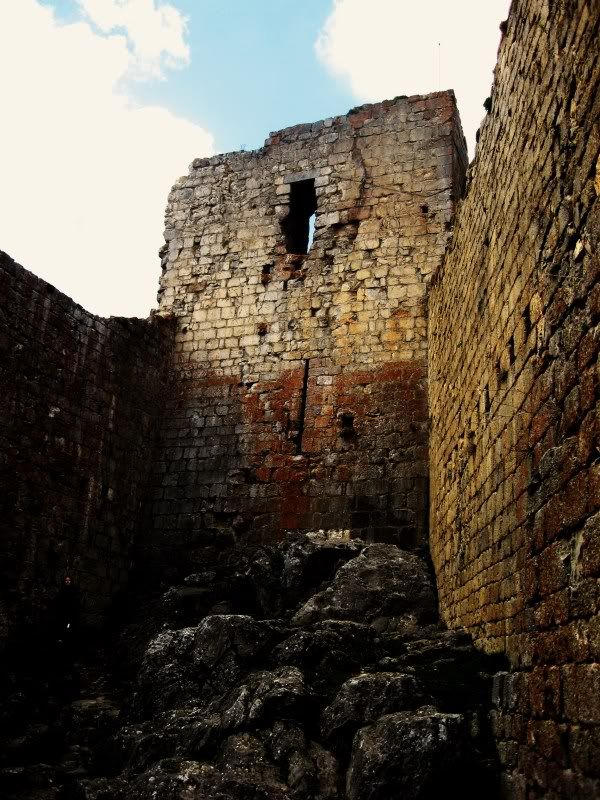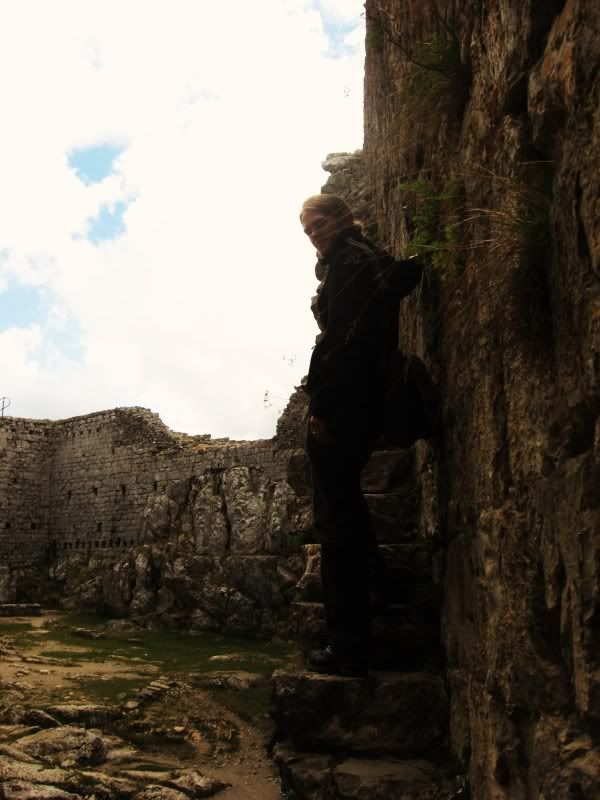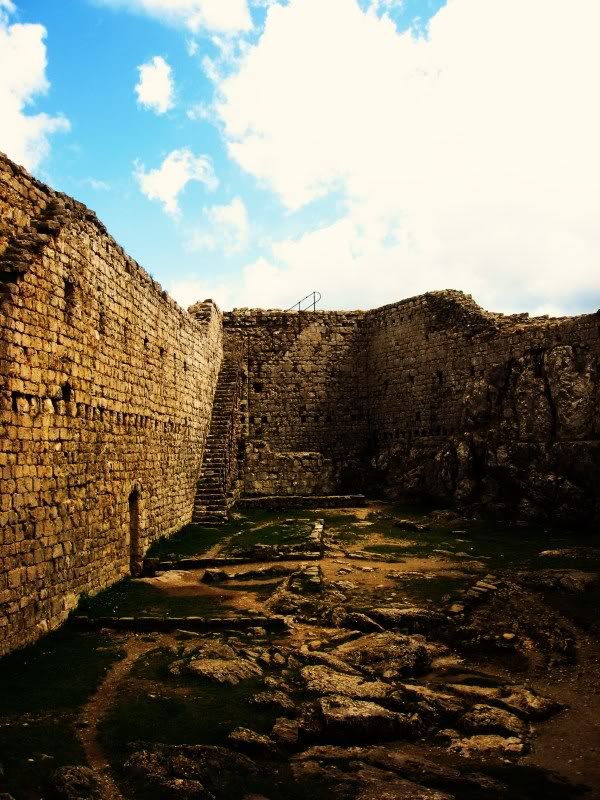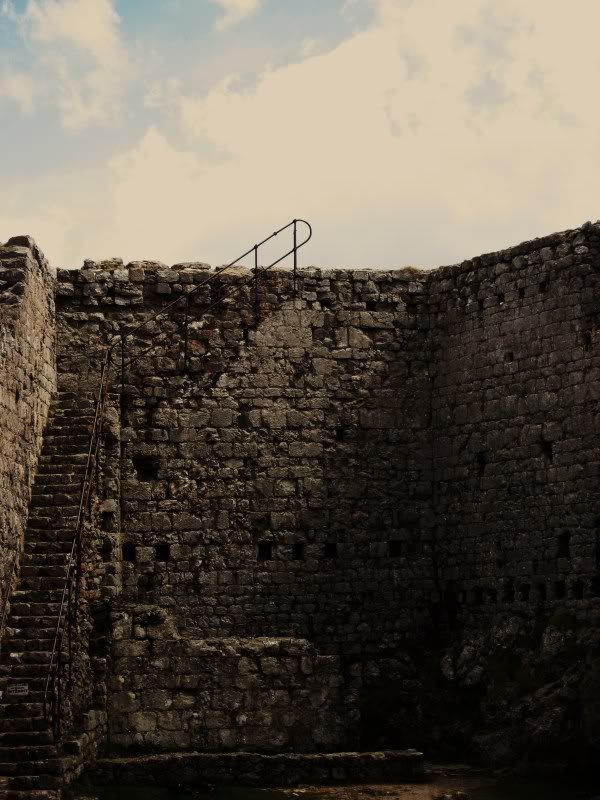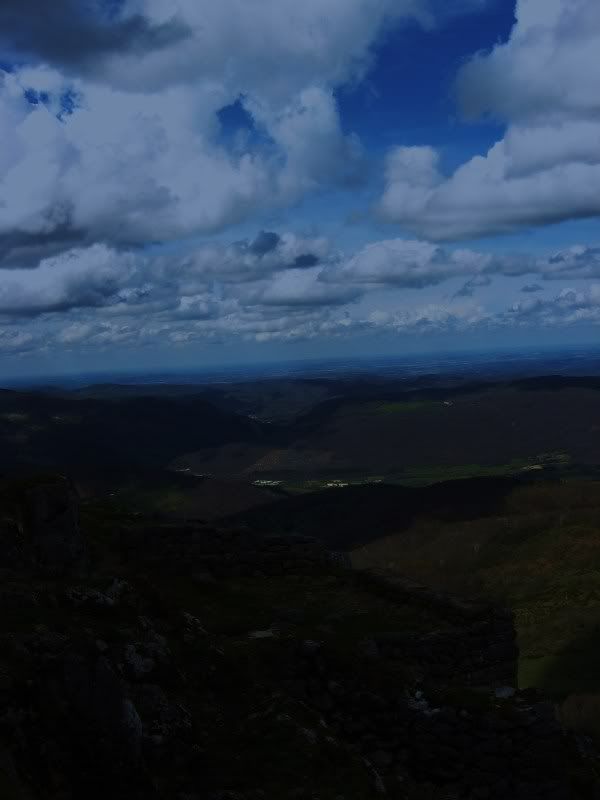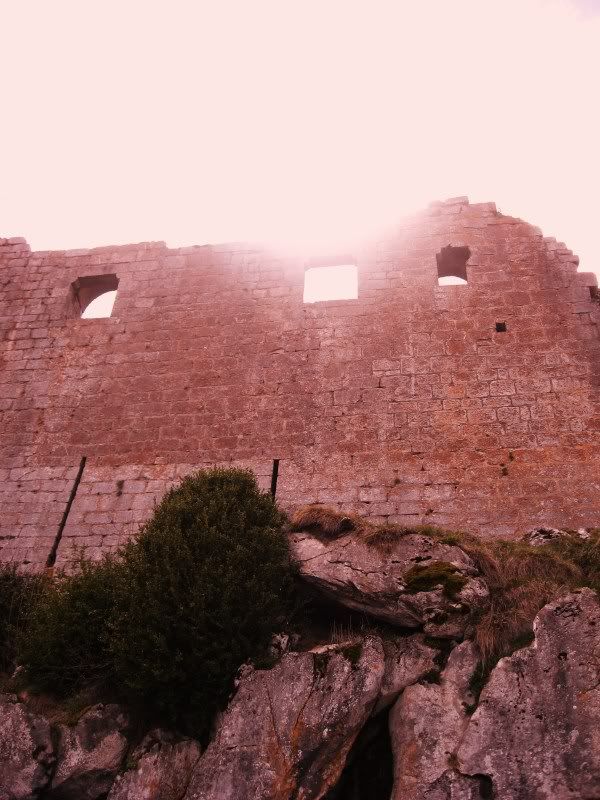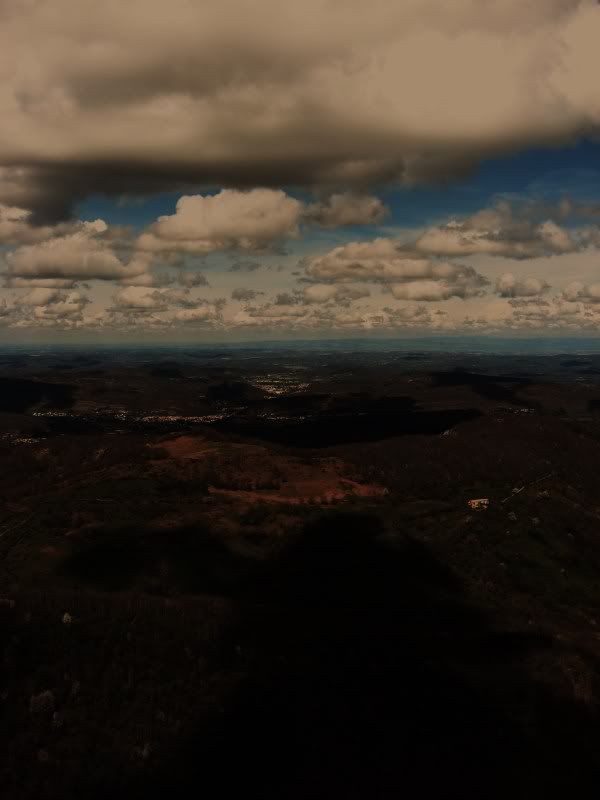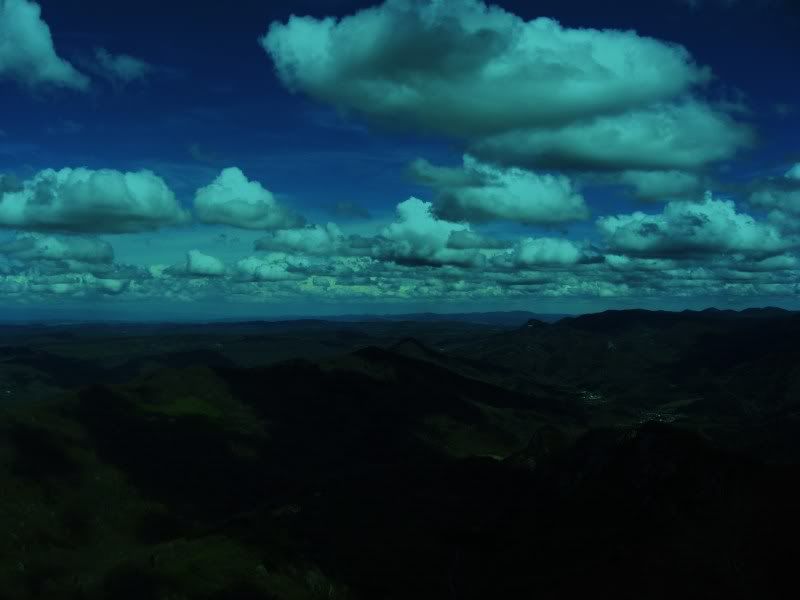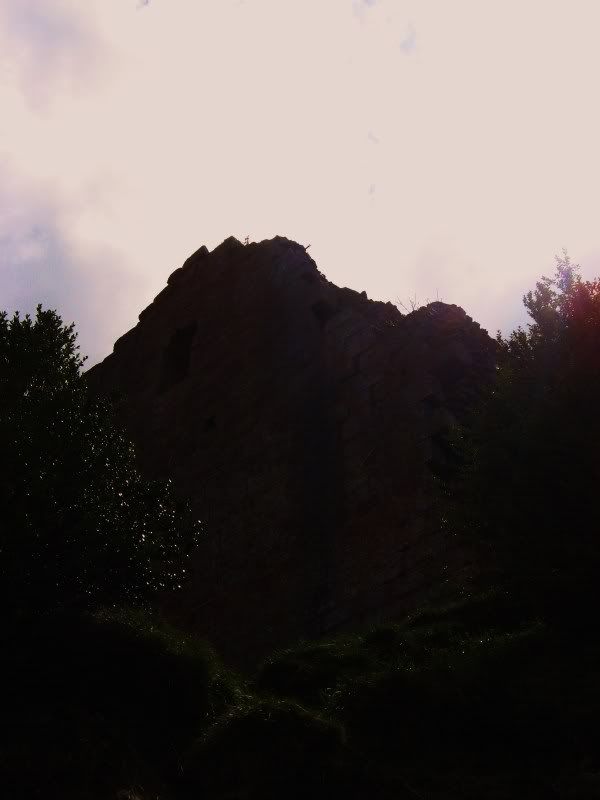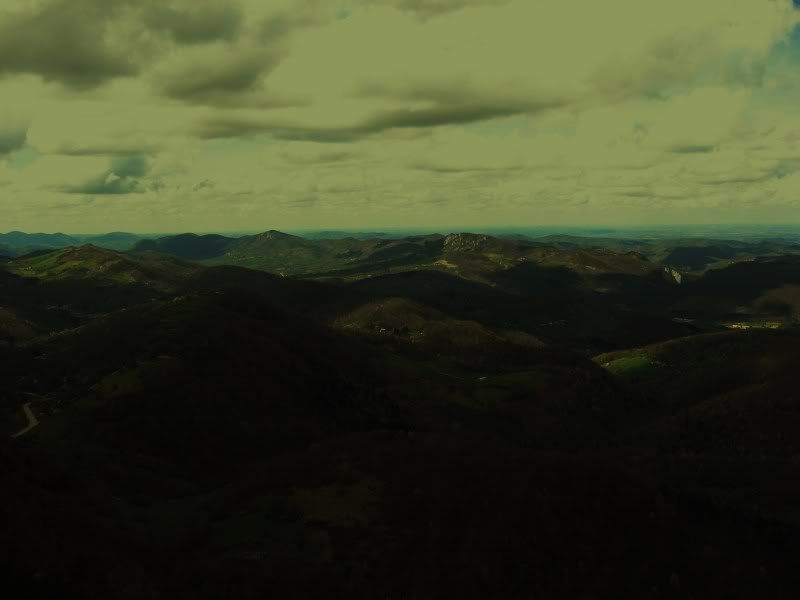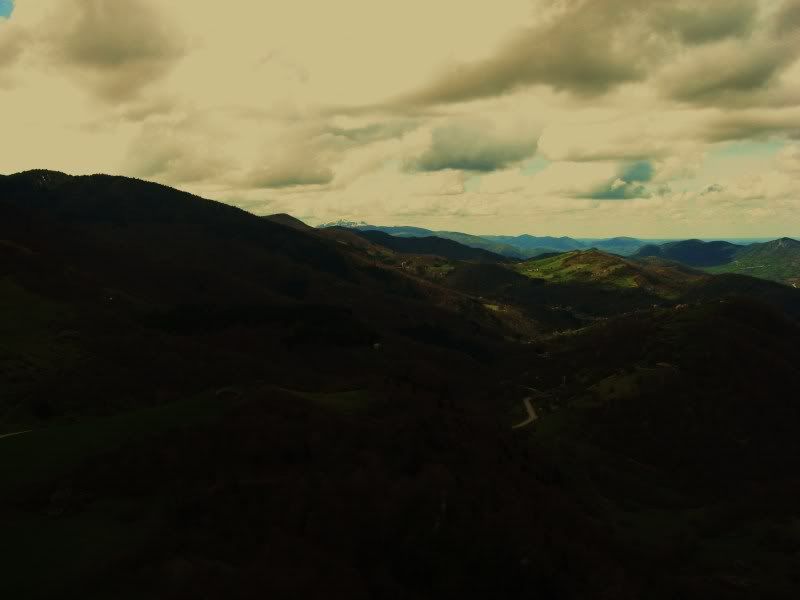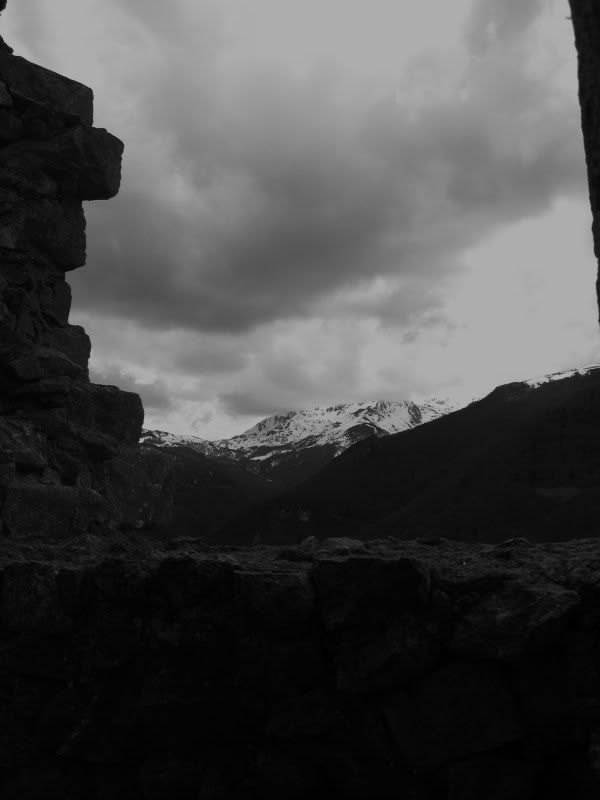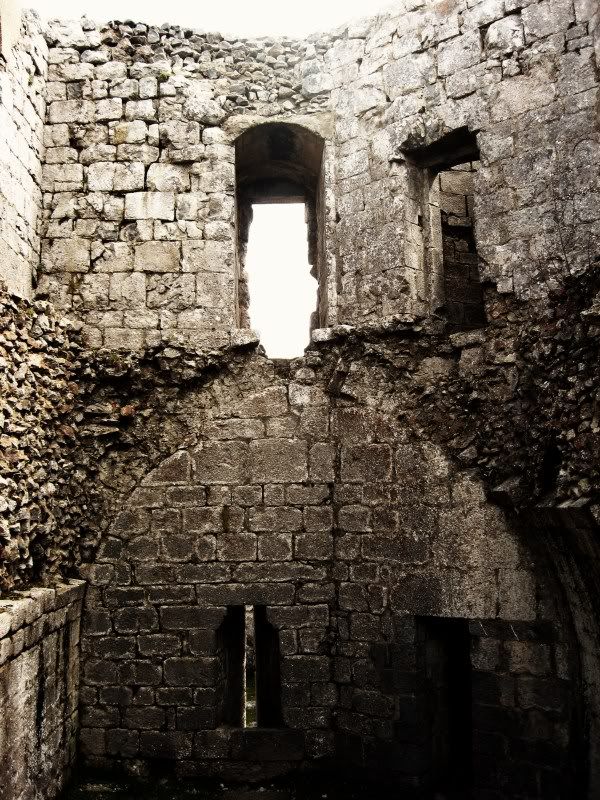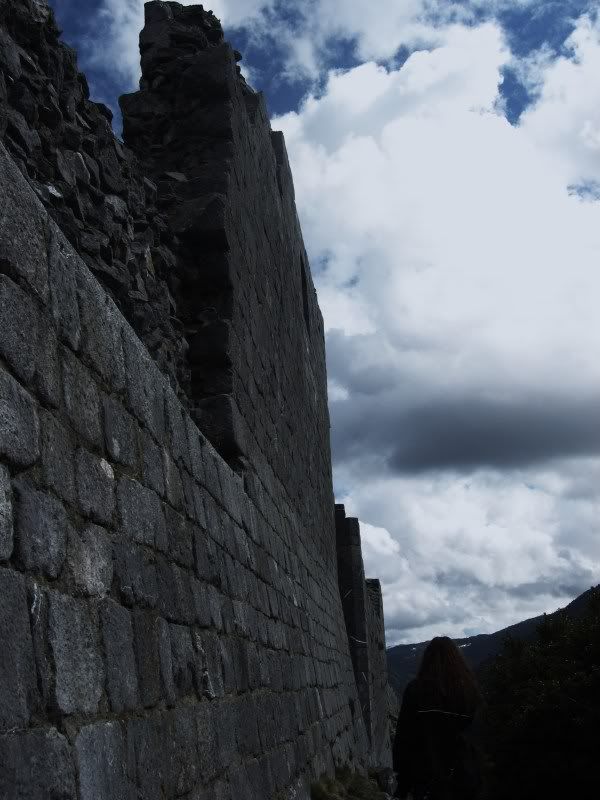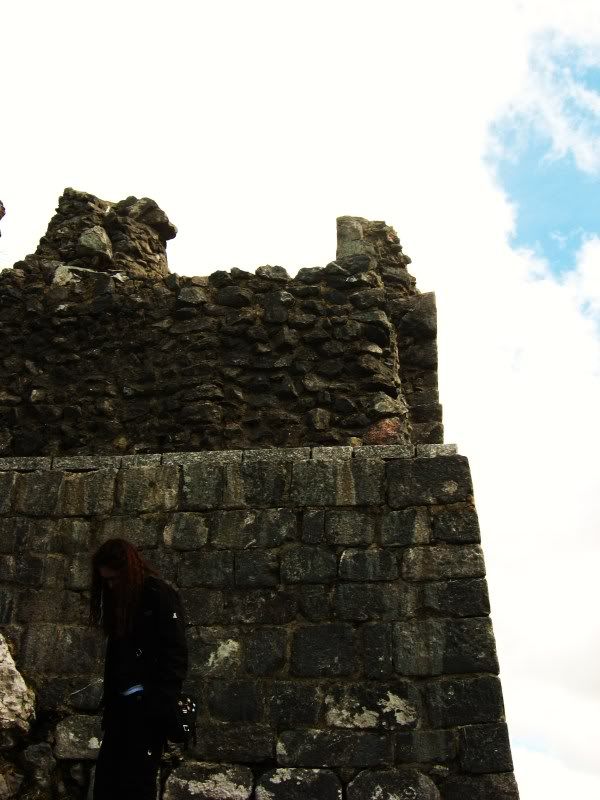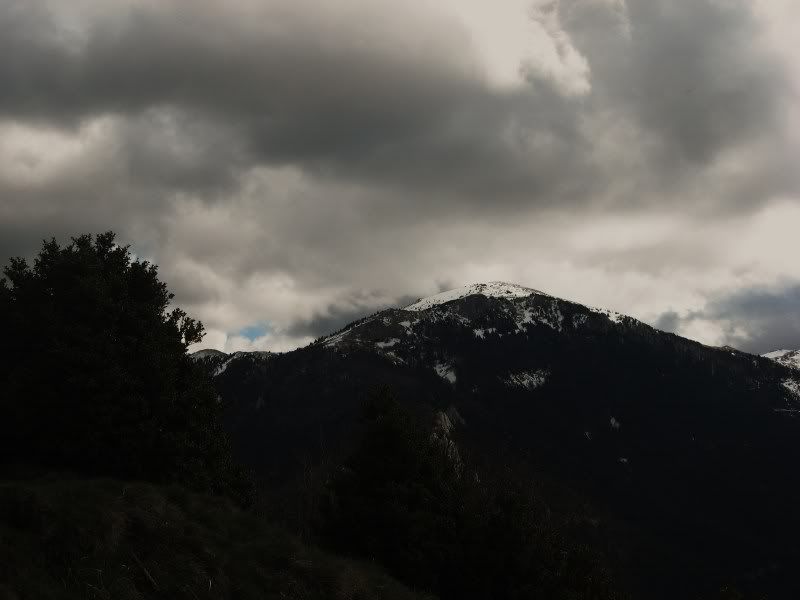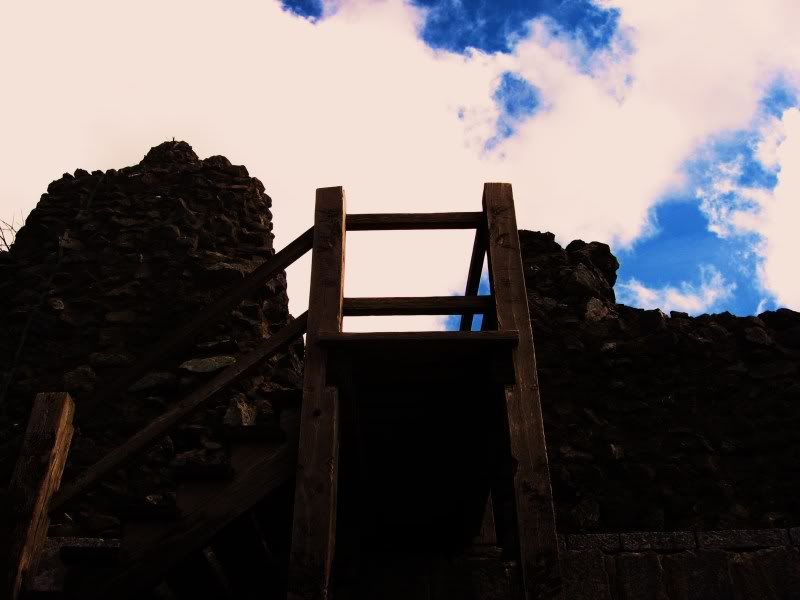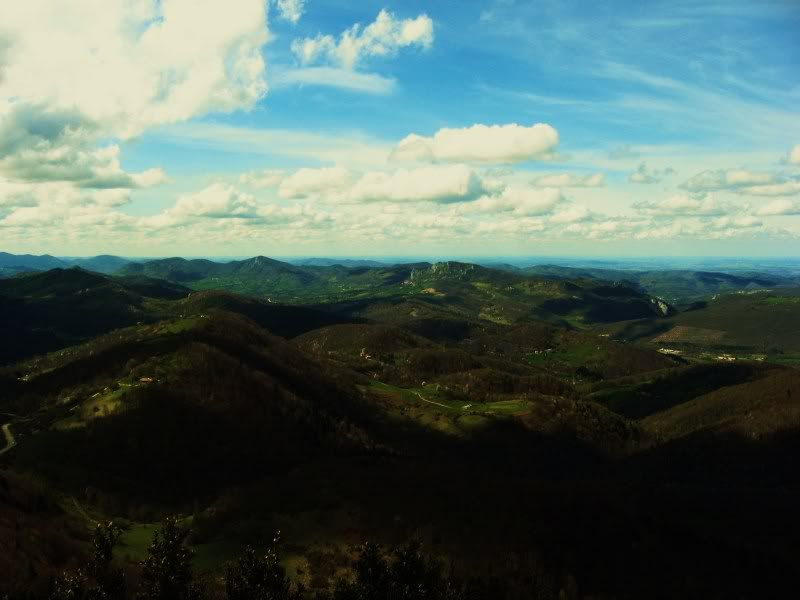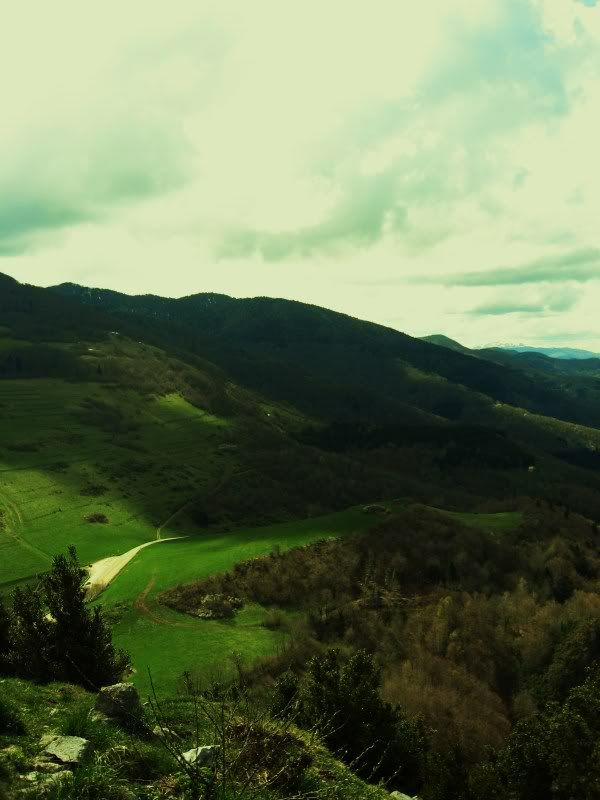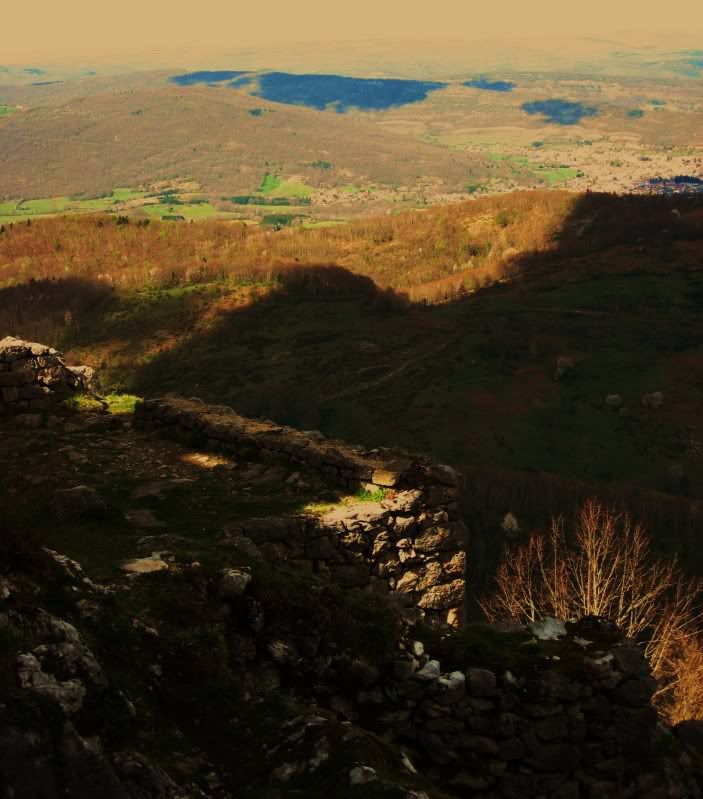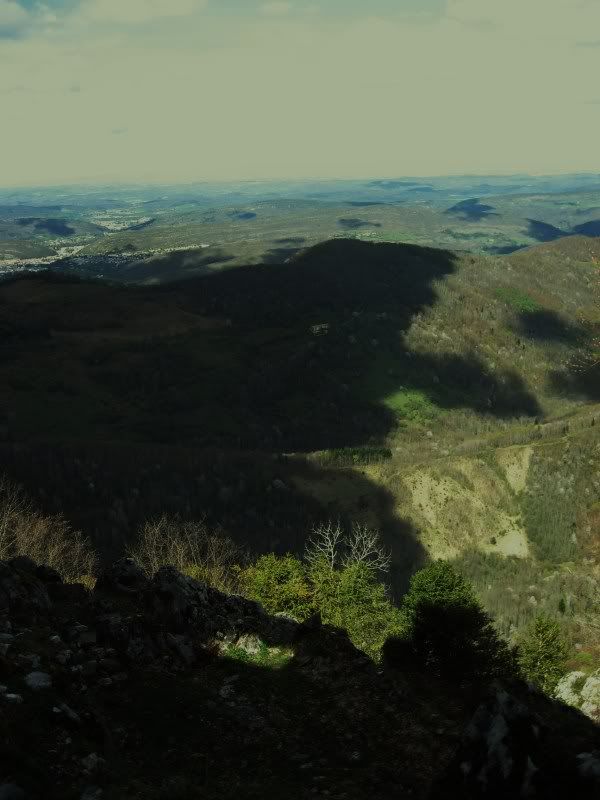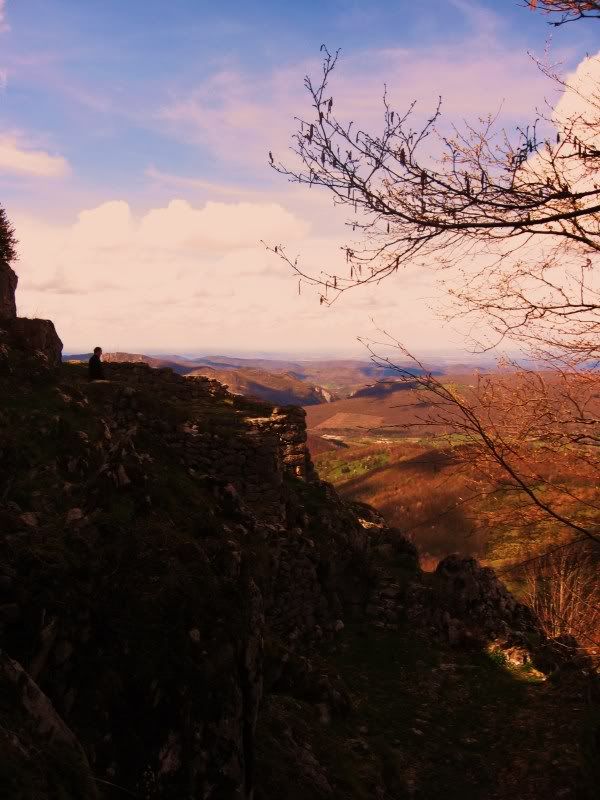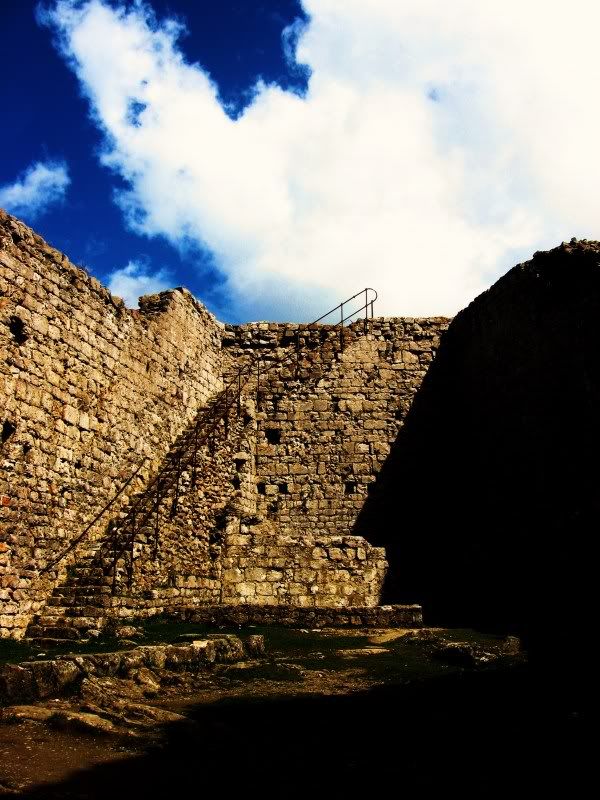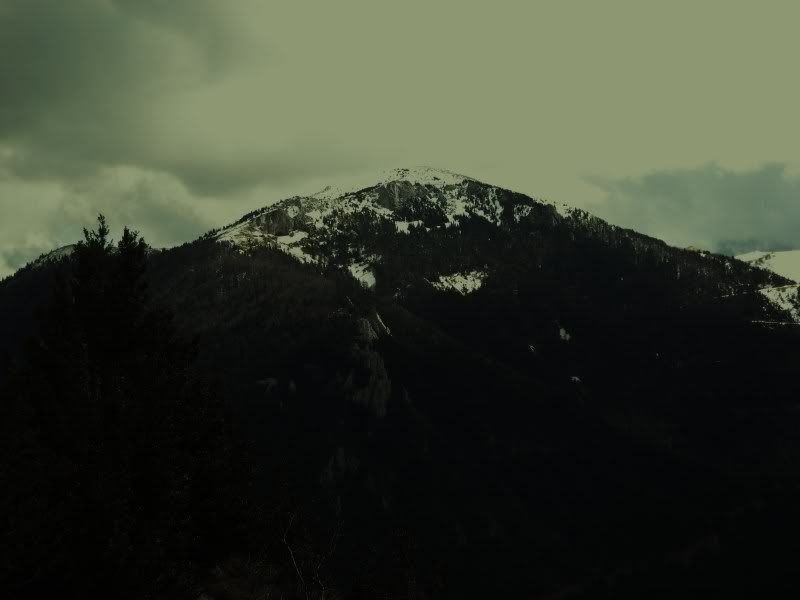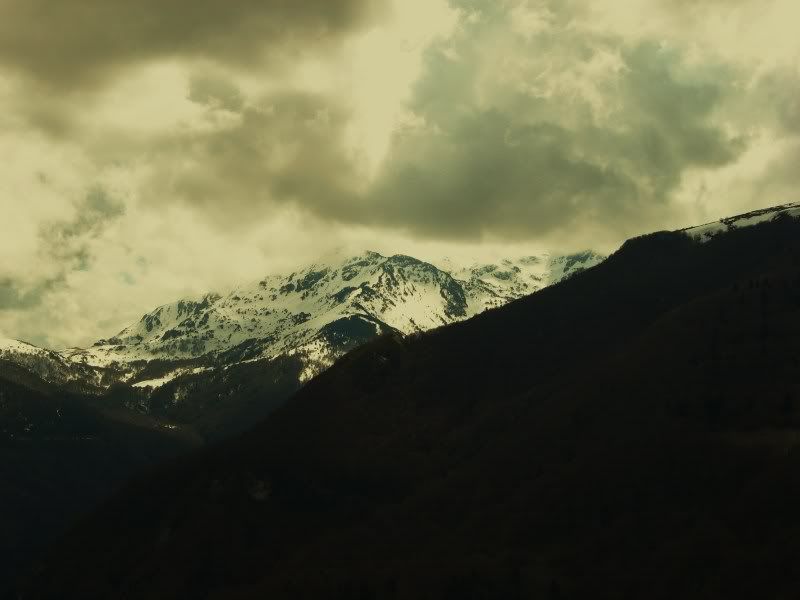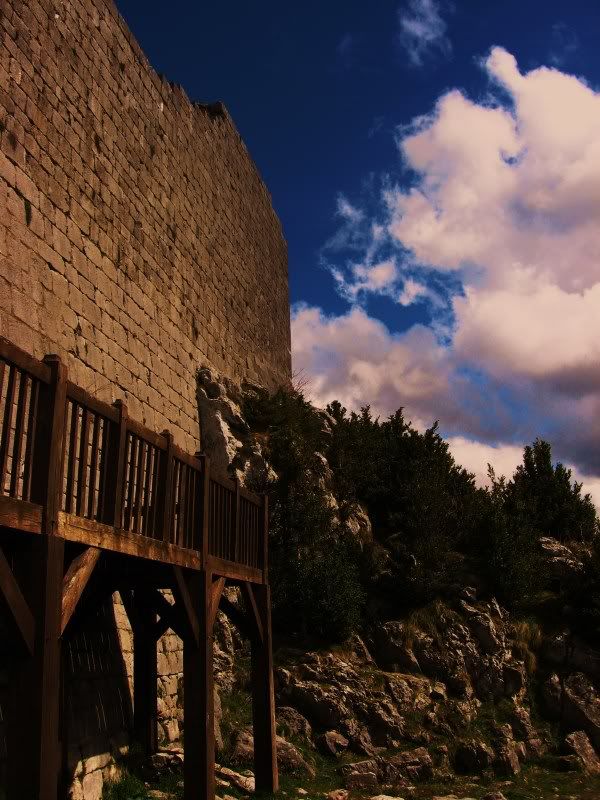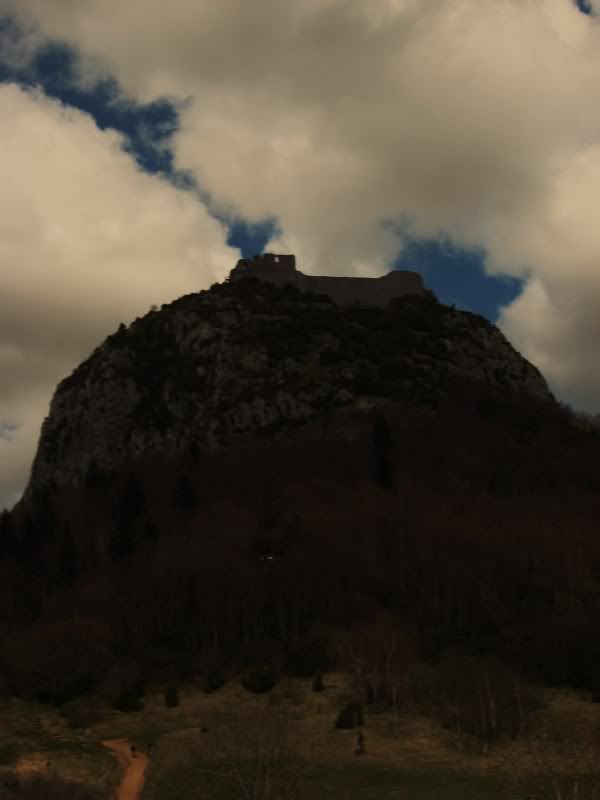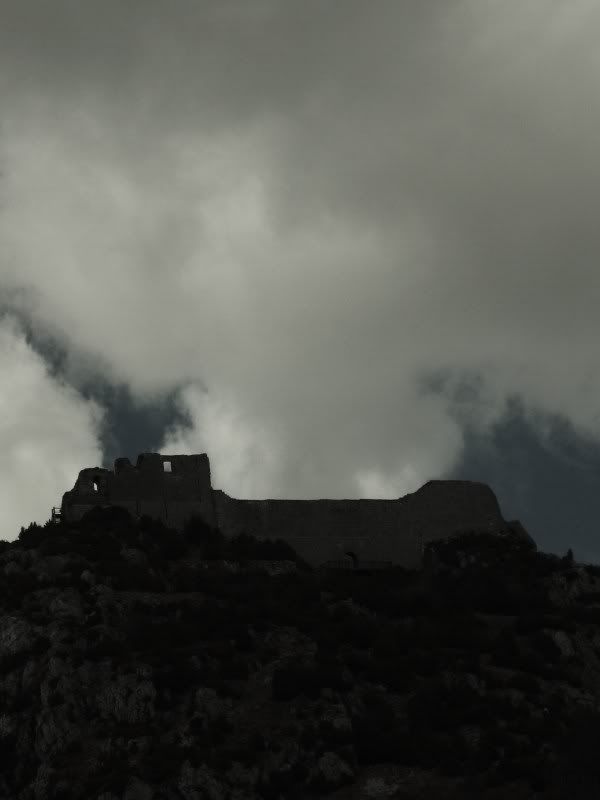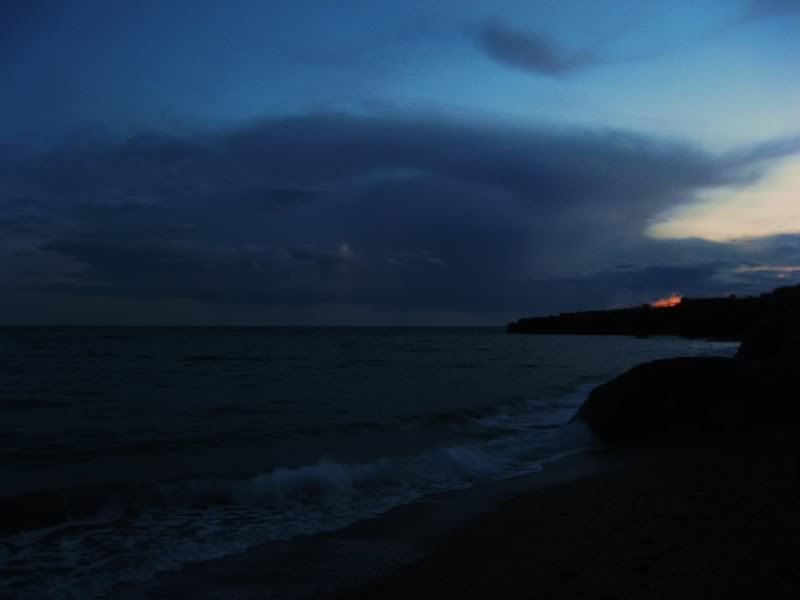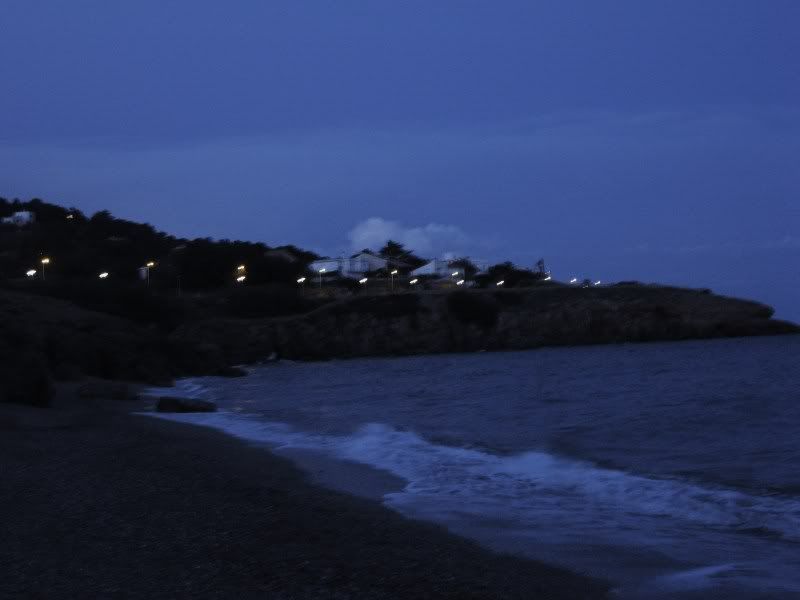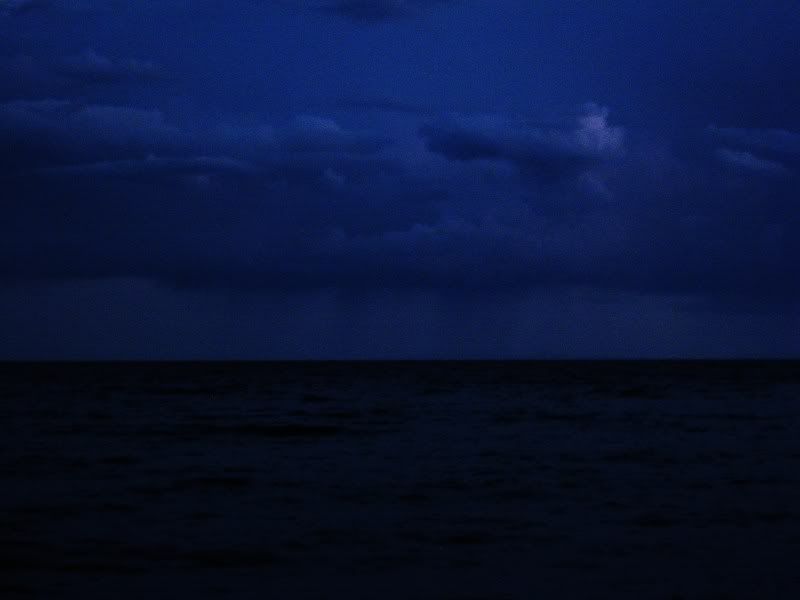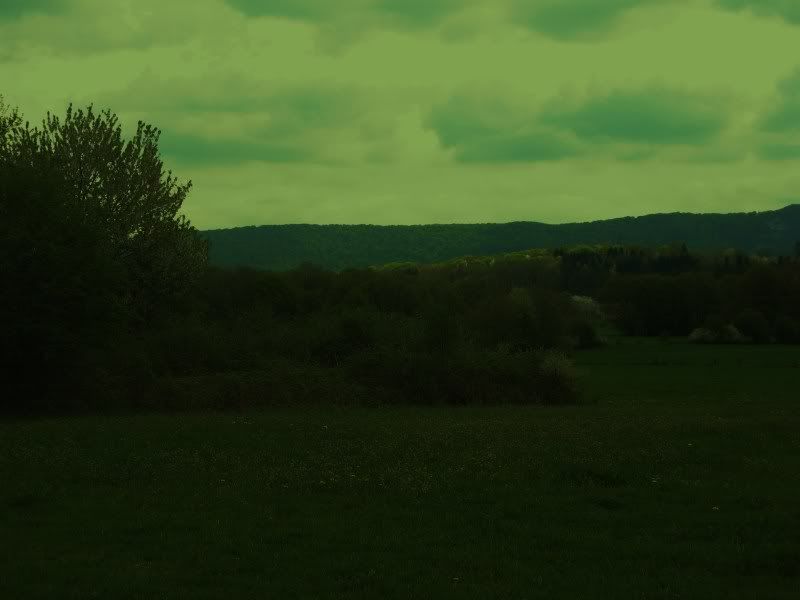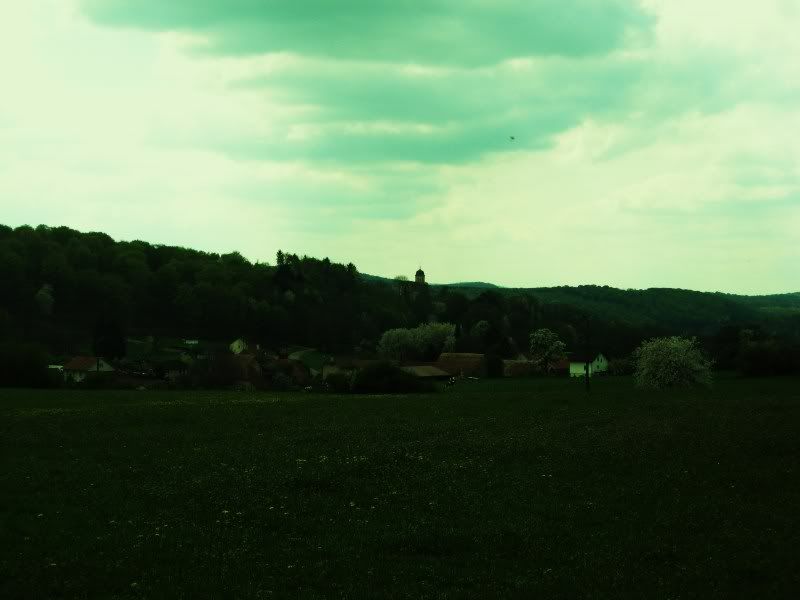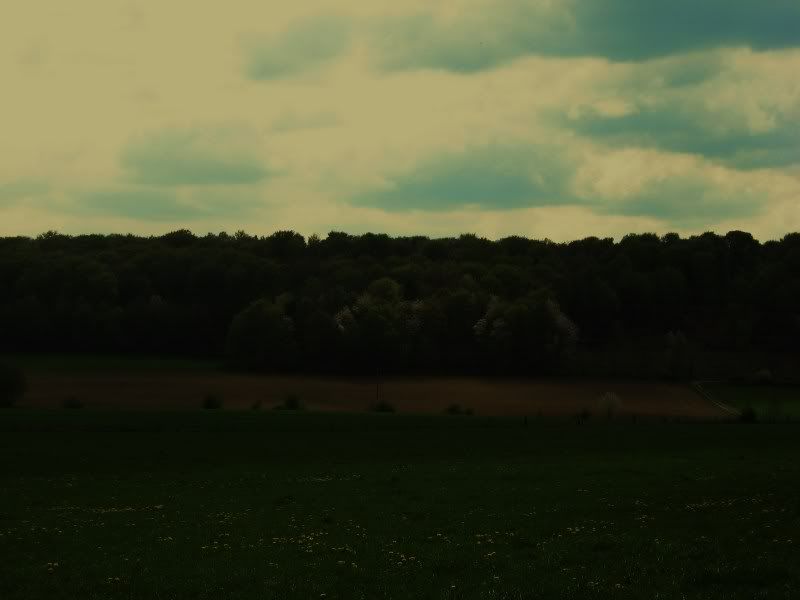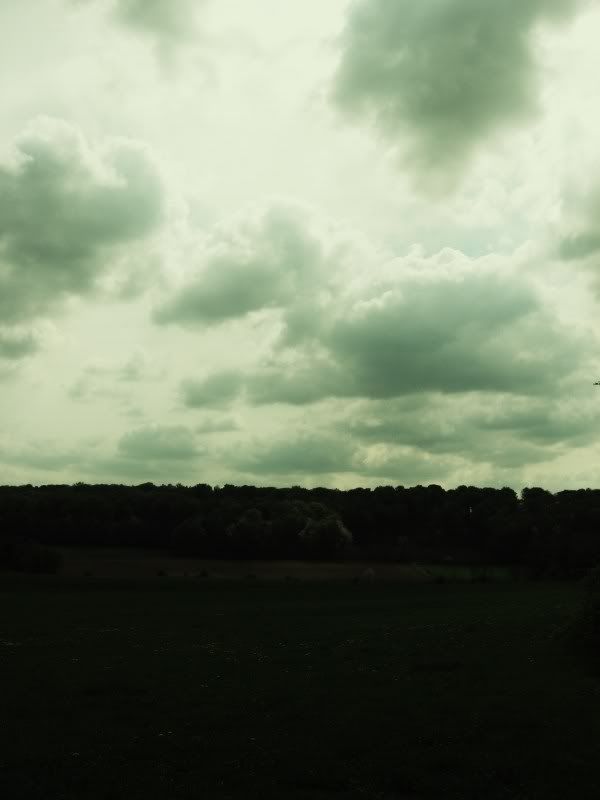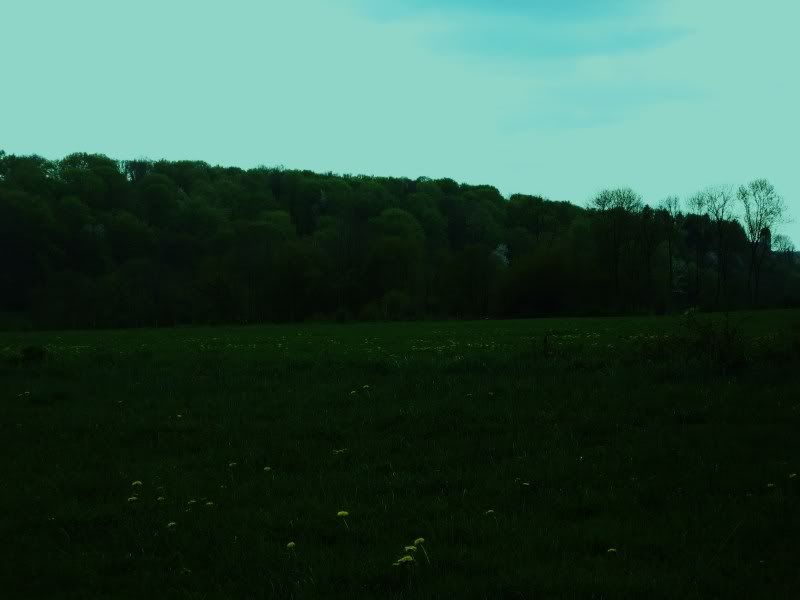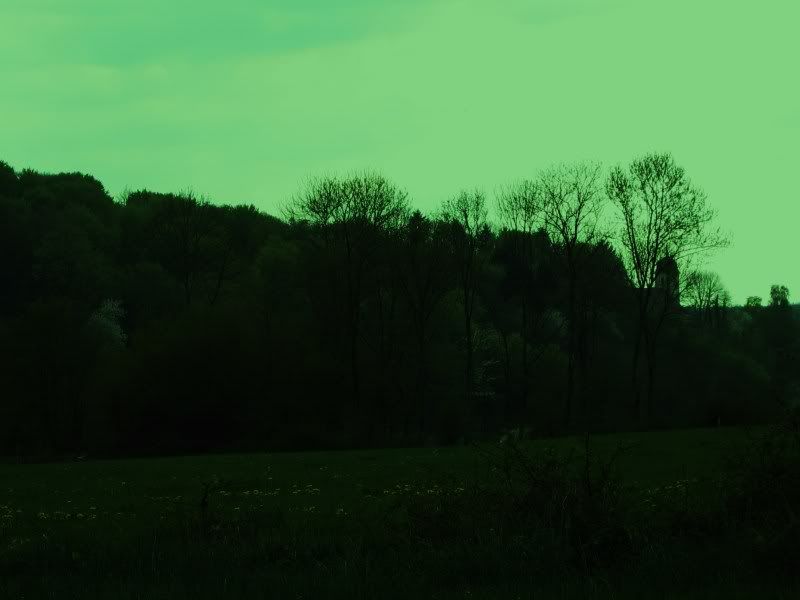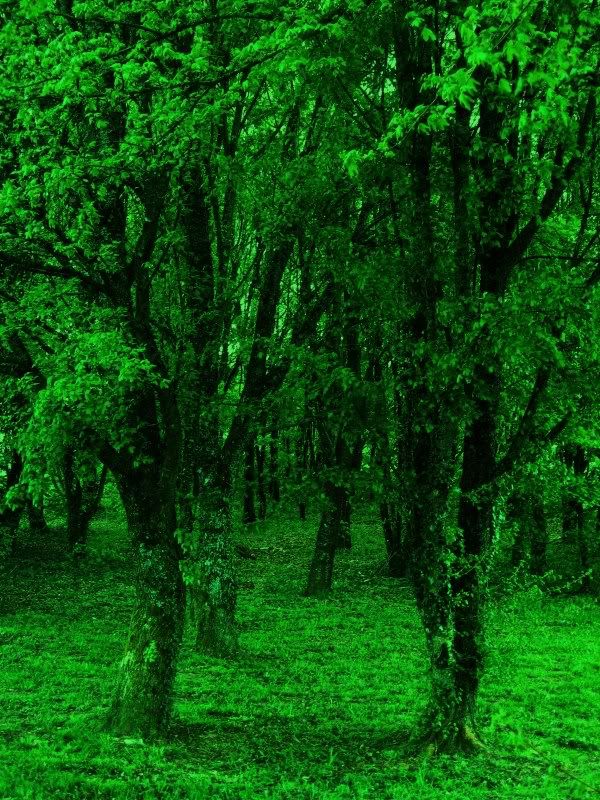
 Until recently, the only way to get to Batu from the resorts of Tretes and Pacet, aside from walking over the mountains, was via Malang, a distance of some 70 km or more. Now there is a new route, giving direct access to Batu from Pacet. The village of Pacet is not far from Trawas and the site of Reco Lanang. The road winds up steeply through primeval forest in the foothills of Mt Welirang, eventually emerging at Cangar, an isolated hamlet renowned for its hot mineral pools and streams.
Until recently, the only way to get to Batu from the resorts of Tretes and Pacet, aside from walking over the mountains, was via Malang, a distance of some 70 km or more. Now there is a new route, giving direct access to Batu from Pacet. The village of Pacet is not far from Trawas and the site of Reco Lanang. The road winds up steeply through primeval forest in the foothills of Mt Welirang, eventually emerging at Cangar, an isolated hamlet renowned for its hot mineral pools and streams. 
From here, the road descends to Batu, passing through a patchwork of fertile hill plantations. The mountain panorama is breathtaking, especially to the east, where the Bromo/Semeru massif dominates the horizon.The scenic beauty of Batu is almost alpine in appearance and the resort is sometimes even referred to as Java's 'little Switzerland'.Of course, there are differences. Bamboo grows in abundance, the wood being split to create a maze of fences surrounding the fruit and vegetable plantations.

The cool climate and fertile soil are ideal for growing fruits like apples, for which Batu is well known all over the island. The town is just 20 km from Malang and offers a good selection of hotels, shops and recreation facilities.There are a number of interesting places to visit in the immediate vicinity, among them the hot mineral pools and ancient Hindu temple at Songgoriti, Coban Rondo waterfall on the road to Pujon, as well as the attractive lake at Selorejo. Interesting day trips from Batu can include Coban Rondo, Selorejo and, further down the hill towards Pare, the 14th century temple ruins of Surawana and Tigowangi.
9:47 PM | 0
komentar | Read More


